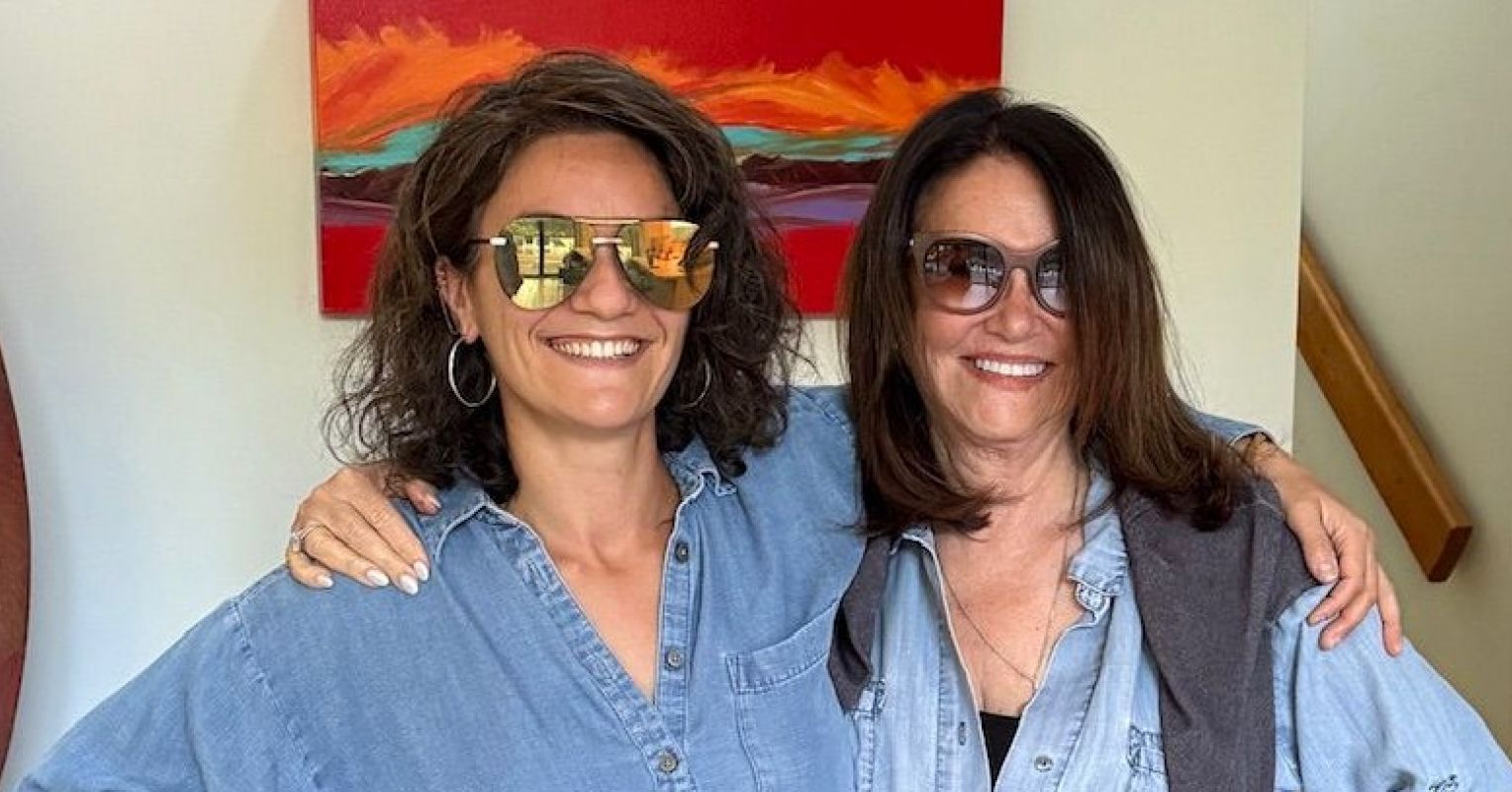Every spring, graduates walk across stages with caps, gowns, and dreams. But in today’s rapidly changing economy—where automation, AI, and industry disruptions are the norm—a diploma alone no longer guarantees a pathway to a stable career. For far too many students, particularly first-generation and underrepresented learners, the leap from classroom to career remains uncertain and unsupported.
Earning a college degree is a significant milestone—but for many students, the real challenge begins after graduation: turning that degree into a meaningful career. Too often, students complete their studies having mastered the classroom, yet remain unprepared for the transition into the workforce. Depending on their field of study, it can take two to four years to establish a stable career. Colleges and universities must recognize that degree completion is not the finish line—it is a launchpad. We must take greater responsibility in helping students bridge the gap between academic achievement and professional success, ensuring they not only graduate, but thrive in the world beyond campus.
Today’s American job market demands more than just technical knowledge—it calls for adaptability, collaboration, digital fluency, and critical thinking. These are not optional skills; they are essential. And higher education is uniquely equipped to develop them—but only if career readiness is intentionally integrated into every stage of the student journey.
The good news: colleges and universities across the country are stepping up. Through innovative, equity-driven programs, they are bridging the gap between learning and livelihood. These initiatives do more than educate—they empower. By aligning academic experiences with real-world opportunities, institutions are helping students gain the skills, confidence, and connections they need to thrive in an ever-evolving workforce.
Below are a few of the programs leading the way in preparing students for successful and meaningful careers.
Work-Based Learning: Learning by Doing
Work-based learning (WBL) has emerged as a cornerstone of workforce preparation, offering students hands-on experience while they are still in school. At Los Angeles Trade-Technical College (LATTC), students engage in paid apprenticeships across fields such as culinary arts, construction, and green technology through partnerships with local employers like Los Angeles Department of Water and Power (LADWP) and Metro. These are not just résumé-builders—they are pathways to living-wage careers, especially for students of color and those from low-income communities.
“The apprenticeship did not just teach me a trade—it gave me purpose. I am not just earning a paycheck; I am building a future for my family.” Jasmine R., Culinary Arts Student at LATTC
At San Diego State University (SDSU), work-based learning is embedded in programs like the Aztec Mentor Program (AMP), where students—many aspiring to careers in public service or healthcare—are matched with professionals for job shadowing and coaching. Complementing this, required internships through SDSU’s School of Public Affairs place students directly in public agencies and nonprofit organizations, often leading to full-time roles.
Community Colleges: Accelerators of Economic Mobility
Community colleges are not just entry points to higher education—they are powerful career launchpads. At College of the Canyons, the Center for Innovation & Entrepreneurship supports students in turning their business ideas into viable startups through mentorship, competitions, and access to the campus incubator. Student Gabriel Salazar, for example, launched Gabriel’s House of Desserts after receiving support from local restaurant mentors and the Small Business Development Center.
Meanwhile, the College of Alameda’s on-campus One-Stop Career Center helps students tap into local job markets. Career expos featuring employers like Oakland International Airport and the Port of Oakland, led by the California Employment Development Department (EDD), help students secure internships and entry-level positions in high-demand industries.
Wraparound Support: Meeting the Whole Student’s Needs
Career preparation does not occur in a vacuum. Today’s students often juggle academic demands with financial strain, Mental health needs, and identity-based challenges. The most effective programs recognize this and provide wraparound services to support the whole student.
Education Essential Reads
At San Francisco State University, the Career & Leadership Development Center (CLDC) uses an equity lens to guide students through identity-based career programming and alumni mentorship through Gator Connect. These personalized approaches ensure students feel seen, supported, and career ready. Career Journeys: Latinx Professionals in Action, is a program that connected Latinx students with alumni working in education, tech, and public service. Participants discussed navigating workplace culture, leveraging bilingualism, and finding culturally affirming employers. This program, along with follow-up opportunities for one-on-one mentorship via Gator Connect, helps students gain confidence, build professional networks, and see themselves represented in a wide range of careers.
Similarly, CSU Monterey Bay’s Undergraduate Research Opportunities Center (UROC) provides paid fellowships and faculty mentorship to undergraduates, helping them build résumés that attract graduate schools and industry recruiters alike. Maria Lopez, a first-generation biology major at CSU Monterey Bay, participated in the UROC Scholars program, where she received a paid summer research fellowship. Maria conducted research on marine microbiology, analyzing bacterial communities in the Monterey Bay National Marine Sanctuary. Through UROC, she also attended national research conferences, received one-on-one graduate school preparation, and built a competitive research portfolio. As a result, Maria was accepted into several Ph.D. programs, choosing the Molecular and Cellular Biology program at UC Davis, where she received full funding. She credits UROC with giving her the confidence, skills, and support to pursue a career in scientific research.
A National Blueprint for Career-Focused Higher Education
The examples from public colleges and universities are more than isolated success stories—they represent a shift in how we define higher education’s mission. The integration of academic excellence with real-world learning, personalized advising, and employer collaboration must become the new norm. Institutions that take this responsibility seriously are not just improving post-graduation employment—they are closing equity gaps and expanding the promise of higher education.
Redefining Success in Higher Education
The call is clear: colleges and universities must embrace their role as career catalysts. This means embedding career preparation into the student journey—not as an add-on, but as a core component of the college experience. By doing so, we can ensure that every student—not just the privileged few—leaves college with more than a degree. They leave with a plan, a purpose, and a pathway to prosperity.













